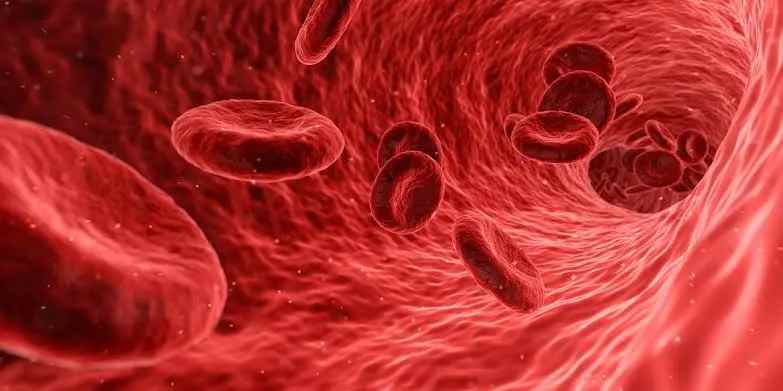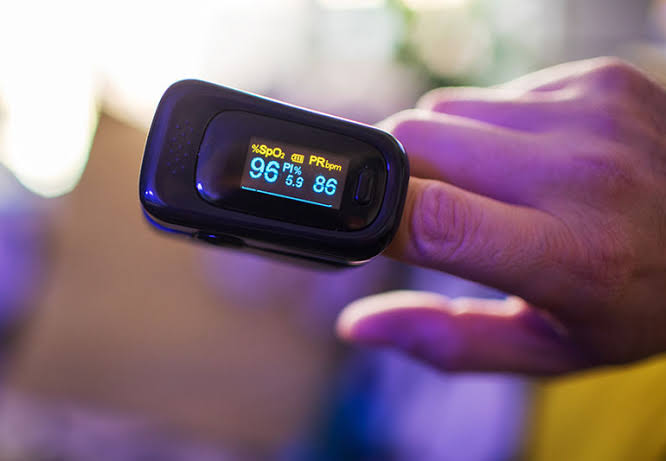How to improve oxygen level in blood
5 Tips to Improve oxygen level in blood
 |
| Tips to Improve oxygen level in blood |
Just take a look you want to improve oxygen level in blood for people suffering from low blood oxygen levels due to lung disease, every little thing counts. Either way, increasing oxygen intake sounds like a good idea. If your blood oxygen level is low and you're having difficulty breathing, try these five tips to increase the amount of oxygen your body absorbs:
When the weather allows, open your windows
grow some greenery
exercise is important
make an effort to be mindful
fresh iron-rich foods
When the weather allows , open your windows to improve oxygen level in blood. It is dangerous to have access to fresh air in order to breathe more comfortably. Remember, however, that it's important to monitor your local air quality. If you live in an urban area and can't open space because of smog, consider investing in an indoor air filtration system, or items that purify the air at home naturally. However, be wary of electronic air purifiers, as many of them emit lung-irritating ozone.
Grow some greenery to improve oxygen level in blood. Adding live plants to your home will improve the amount of oxygen accessible indoors. Ferns are an excellent way to boost your home's oxygen production. It's pretty simple to keep them alive, and they don't require much sunlight.
Exercise is important to improve oxygen level in blood. Consult your doctor to determine the type and amount of exercise you should perform each day. Your lungs absorb more oxygen as your breathing rate and depth rise, making you feel better.
 |
| Exercise is important to improve oxygen level in blood. |
Make an effort to be mindful to improve oxygen level in blood. Start a daily thought or prayer practice that focuses on deep breathing. You can boost your oxygen intake and reduce stress by doing five to ten minutes of relaxed and focused breathing each day.
Fresh, iron-rich foods should be consumed to improve oxygen level in blood. Your diet can have an impact on your blood's ability to absorb oxygen to some extent. Certain foods can help you get more oxygen in your blood. Meat, chicken, fish, lentils, and green leafy vegetables are all good sources of iron. These dietary choices can help you overcome iron deficiency, allowing your body to process oxygen more efficiently and making you feel more energized.
How to increase spo2 level
5 tips to increase spo2 level
 |
5 tips to increase spo2 level |
A rapid decline in blood oxygen saturation (SpO2) is one of the most dominant and frightening symptoms encountered by many COVID-19 positive patients. He is having difficulty breathing as a result of this. The major reason for so many deaths during the second wave of coronavirus in India was a decline in SpO2 levels.
If you have a positive diagnosis or are experiencing dyspnea, we recommend using an oximeter to measure your oxygen saturation on a regular basis. If your SpO2 falls below 94 percent, experts say it's a symptom to be concerned about.
It's not necessary to be alarmed if you've been diagnosed with COVID-19. You can still get help if you can't find a hospital bed or an oxygen cylinder While you're at home, try to raise your blood's SpO2 level.
lie down in the "prone" position:
on the stomach and raise the chest with the help of a pillow. You can place one pillow under your neck and two pillows under your shins and lie on your stomach to increase spo2 level.
You can either lie on your right or left side or sit at a 90-degree angle in a "Fowler" position and practice rapid breathing. When your SpO2 level drops, we recommend staying in the prone position for a few minutes. at least two to three hours to increase spo2 level. This will improve ventilation in your lungs, and therefore.
Add More Antioxidants to Your Diet:
Antioxidants help your body utilize oxygen more efficiently, To improve spo2 level. Add additional antioxidants to your regular diet, such as blueberries, to maintain your SpO2 level. anberries, strawberries, blackberries, kidney beans, plums, and artichoke hearts are some of the fruits and vegetables you can eat.
You can also eat foods that are high in fatty acids and vitamin F. These foods are good for you.
slow and deep breathing exercises:
Your breathing patterns can have a significant impact on your blood's oxygen saturation level. Your blood's SpO2 level can be significantly increased by modifying your breathing technique. People who breathe with their upper chest and take in less air have lower oxygen levels in their bodies, according to doctors and scientists.As a result, the proper breathing technique entails
drink a lot of water:
 |
| drink a lot of water |
Another crucial approach to boost your blood's oxygen saturation level is to stay hydrated. Your lungs stay appropriately hydrated to improve spo2 level drink plenty of water, which boosts their ability to evacuate oxygen and carbon dioxide. As a result, your body's oxygen saturation level improves.
Additionally, drinking 2-3 liters of water can enhance your blood oxygen saturation level by up to 5 percent.
Try some aerobics:
Aerobic exercises can ease breathing issues and improve spo2 level saturation levels by acting as a stimulant for your body's metabolic functions. They assist our body cells in better obtaining and utilizing available oxygen, increasing your body's SpO2 level. They also boost your body's endurance and resistance.
If you have COVID-19, you should engage in vigorous aerobic exercise.
How to increase oxygen saturation levels
Understanding Oxygen Saturation
 |
Understanding Oxygen Saturation |
The amount of oxygen moving through your body with your red blood cells is measured by oxygen saturation, or "O2 sats." to increase oxygen saturation levels For most healthy persons, normal oxygen saturation is between 95 and 100 percent.
Any level below this is concerning and requires immediate medical attention because it indicates that your organs, tissues, and cells are not getting enough oxygen to operate correctly.
How the blood gets oxygenated
When oxygen molecules move through the alveoli, they link themselves to hemoglobin, a blood protein.
The amount of oxygen in your blood is determined by numerous factors:
How much oxygen do you get from your lungs?
What is the efficiency of the alveoli in exchanging carbon dioxide for oxygen?
hemoglobin content in red blood cells
how effective is hemoglobin at attracting oxygen?
Hemoglobin usually contains enough oxygen to suit the body's demands. However, certain disorders impair its ability to bind oxygen.
Hemoglobin is found in around 270 million molecules in each of your blood cells. Low hemoglobin levels, on the other hand, can be caused by any ailment that reduces your body's ability to create red blood cells, limiting the amount of oxygen that can saturate your blood.
This article shows how to improve oxygen level in blood, how to increase spo2 level, how to increase oxygen saturation levels.
5 best exercises to increase oxygen levels
lie down in the "prone" position
Add More Antioxidants to Your Diet
slow and deep breathing exercises
drink a lot of water
Try some aerobics
Questions and Answers:
Question 1: Which fruit is increase blood?
Answer 1: Fruits: Raisins, prunes, dried figs, apricots, apples, grapes, and watermelons boost the blood count as well as the red blood cell flow. Oranges, amla (Indian gooseberry), lime, and grapefruit are examples of citrus fruits that aid to draw iron. They serve a critical role in boosting blood counts
Question 2: What drugs increase oxygen in blood?
Answer 2: Blood Substitutes.
Hemoglobins.
Recombinant Proteins.
Erythropoietin.
Darbepoetin alfa.
Epoetin Alfa. Oxygen
Question 3: How do you increase oxygen saturation levels?
Answer 3: You can boost the amount of oxygen in your blood organically. Open windows or go outside to obtain some fresh air, for example. Opening windows or taking a brief walk increases the amount of oxygen in your body, which raises the oxygen level in your blood.
Question 4: What causes oxygen saturation to drop?
Answers 4: causes and symptoms
Asthma, emphysema, and bronchitis are all lung diseases. Places with less oxygen in the air, like as high altitudes. Strong pain relievers or other issues that cause respiratory difficulty. Apnea (sleep deprivation) (difficulty breathing during sleep)
Question 5: How do you fix low oxygen saturation?
Answer 5: Because hypoxemia is caused by a lack of oxygen in the blood, therapy seeks to restore normal blood oxygen levels. Hypoxemia can be treated with oxygen therapy. To receive supplemental oxygen, you may need to use an oxygen mask or a tiny tube linked to your nose.
0 Comments